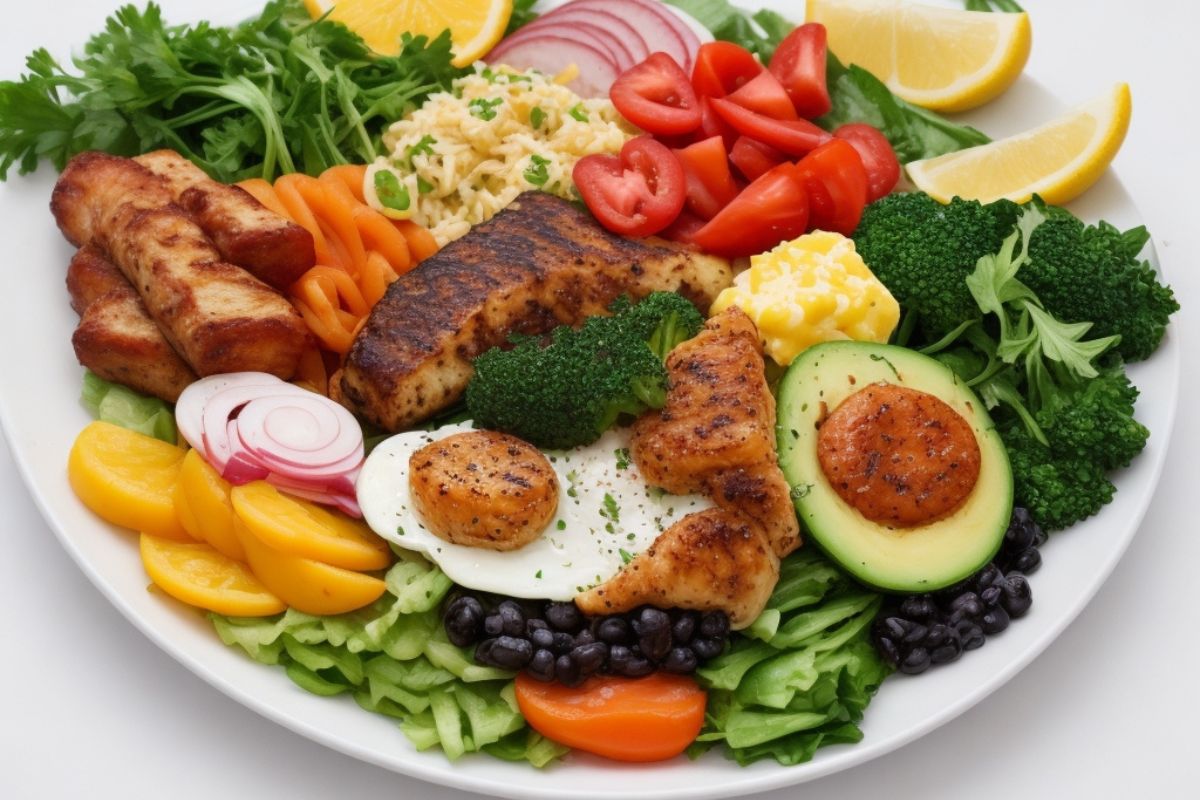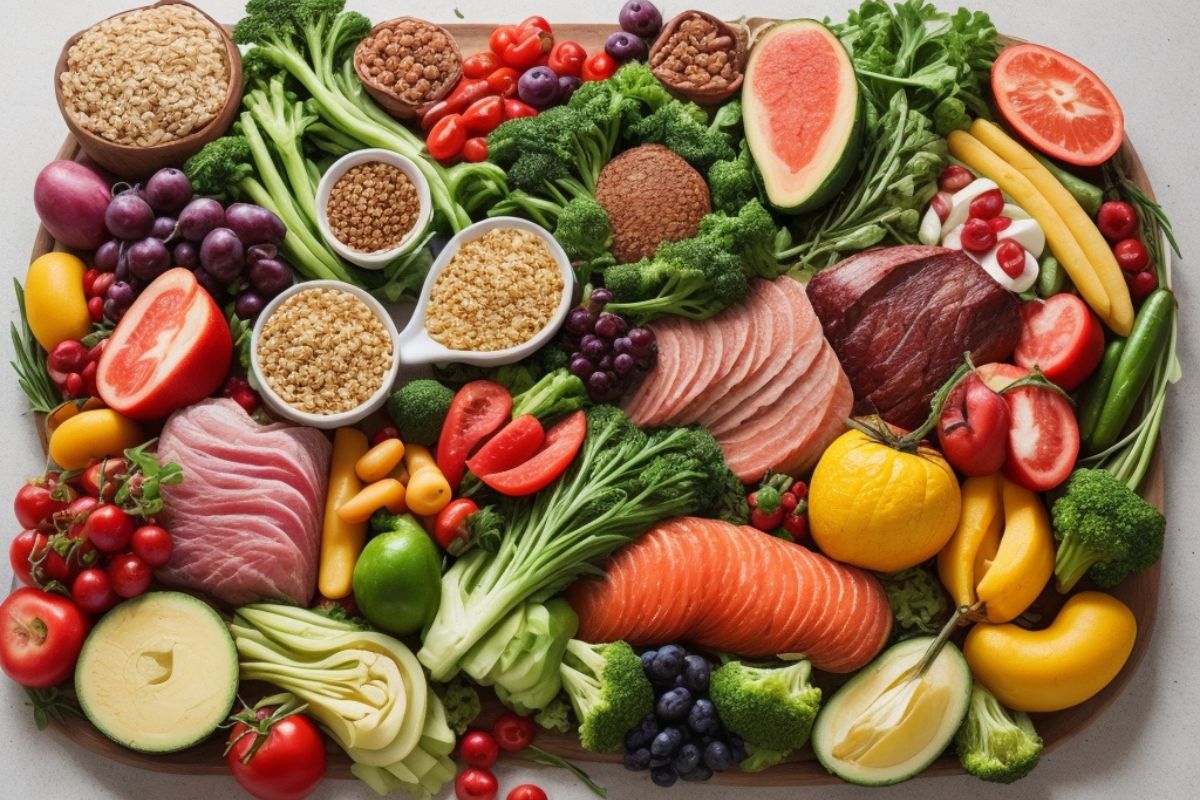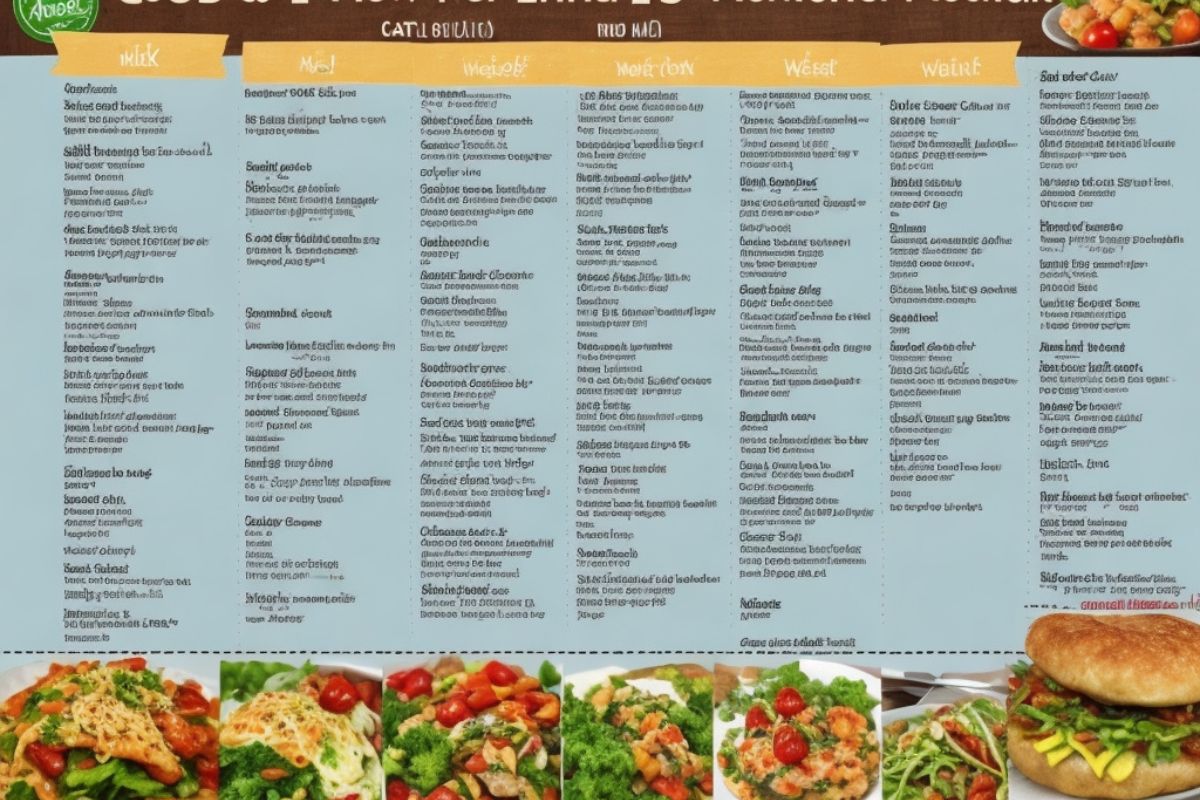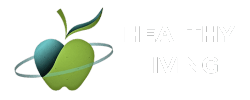Low carb diets are popular for many reasons. They can help you lose weight, improve your blood sugar and insulin levels, and reduce your risk of chronic diseases. But starting a low carb diet can be challenging, especially if you are used to eating a lot of carbs. You may experience some side effects, such as fatigue, headaches, or constipation, as your body adapts to the new way of eating. You may also wonder what foods to eat, how to plan your meals, and how to stay motivated.
In this article, we will give you some practical tips on how to start and follow a low carb diet. We will also answer some common questions and provide a sample menu for a week. By the end of this article, you will have a better understanding of what a low carb diet is and how to make it work for you.
What is a low carb diet?
A low carb diet is one that limits carbohydrates, which are the main source of energy for your body. Carbohydrates are found in foods like grains, fruits, vegetables, legumes, dairy products, and sweets. When you eat carbs, your body breaks them down into glucose, which is then used for fuel or stored as glycogen in your liver and muscles. When you eat more carbs than your body needs, the excess glucose is converted into fat and stored in your body.
A low carb diet restricts the amount of carbs you eat and replaces them with protein and fat. This causes your body to switch from using glucose to using fat and ketones as its main energy source. Ketones are molecules that are produced by your liver when you burn fat. This metabolic state is called ketosis, and it can have several benefits for your health and weight loss.
There are different types of low carb diets, and they vary in how much carbs they allow. For example, a ketogenic diet is a very low carb diet that limits carbs to less than 50 grams per day, or about 10% of your total calories. A moderate low carb diet allows up to 100 grams of carbs per day, or about 20% of your calories. A liberal low carb diet allows up to 150 grams of carbs per day, or about 30% of your calories.
The amount of carbs that works best for you depends on your goals, preferences, and health conditions. Some people may need to go very low carb to achieve ketosis and see optimal results, while others may do well with a more moderate approach. You can experiment with different levels of carb intake and see how your body responds.
How to start a low carb diet

Starting a low carb diet can be simple and enjoyable. Here are some steps to help you get started:
- Set your goals and expectations. Before you begin, it is important to have a clear idea of why you want to follow a low carb diet and what you hope to achieve. Do you want to lose weight, improve your blood sugar, lower your blood pressure, or reduce inflammation? How much weight do you want to lose, and how fast? How low do you want to go with your carbs, and for how long? Having realistic and specific goals can help you stay focused and motivated throughout your journey.
- Choose a low carb plan that suits you. As we mentioned, there are different types of low carb diets, and each one has its own benefits and drawbacks. You can choose a plan that fits your lifestyle, preferences, and health needs. For example, you can follow a ketogenic diet, an Atkins diet, a South Beach diet, a Paleo diet, or a Dukan diet. You can also create your own low carb plan by following some general guidelines, such as limiting carbs to less than 100 grams per day, eating mostly whole foods, and avoiding added sugars and processed foods.
- Prepare your pantry and fridge. One of the keys to success on a low carb diet is to have the right foods available at home. You want to stock up on low carb foods that you enjoy and that are easy to prepare. You also want to get rid of or donate any high carb foods that may tempt you or derail your progress. Some examples of low carb foods that you can buy are:
- Meat, poultry, fish, and eggs
- Cheese, butter, cream, and yogurt
- Nuts, seeds, and nut butters
- Oils, such as olive, coconut, and avocado oil
- Low carb vegetables, such as leafy greens, broccoli, cauliflower, zucchini, and mushrooms
- Low carb fruits, such as berries, avocado, and lemon
- Herbs, spices, and condiments, such as salt, pepper, garlic, basil, mustard, and vinegar
Some examples of high carb foods that you can avoid or limit are:
- Bread, pasta, rice, and cereals
- Potatoes, corn, peas, and carrots
- Bananas, apples, grapes, and melons
- Beans, lentils, and chickpeas
- Milk, juice, and soda
- Candy, cookies, cake, and ice cream
- Plan your meals and snacks. Another key to success on a low carb diet is to plan your meals and snacks ahead of time. This can help you avoid hunger, cravings, and impulse eating. You can use a meal planner app, a notebook, or a calendar to plan your weekly menu. You can also use online recipes, cookbooks, or blogs for inspiration. Here are some tips to help you plan your low carb meals and snacks:
- Aim for a balanced plate that includes a source of protein, a source of fat, and a low carb vegetable at each meal.
- Choose foods that you like and that are easy to prepare. You don’t have to cook complicated or fancy dishes to follow a low carb diet. You can make simple meals, such as scrambled eggs with cheese and spinach, grilled chicken with salad and dressing, or steak with broccoli and butter.
- Vary your food choices and try new things. You don’t have to eat the same foods every day. You can experiment with different cuisines, flavors, and ingredients. You can also try new low carb products, such as low carb bread, pasta, or tortillas, that can make your diet more enjoyable and flexible.
- Prepare some meals and snacks in advance. You can save time and hassle by cooking some meals and snacks ahead of time and storing them in the fridge or freezer. You can also use a slow cooker, an instant pot, or an air fryer to make easy and delicious low carb dishes.
- Have some low carb snacks on hand. You may not need to snack on a low carb diet, as you may feel more satisfied and less hungry between meals. However, it is good to have some low carb snacks available in case you need a quick bite or a boost of energy. Some examples of low carb snacks are:
- Cheese sticks, boiled eggs, or jerky
- Nuts, seeds, or trail mix
- Celery sticks, cucumber slices, or bell pepper strips with hummus, guacamole, or cream cheese
- Berries, cherry tomatoes, or olives with cottage cheese, yogurt, or whipped cream
- Dark chocolate, keto bars, or low carb cookies
- Track your progress and adjust as needed. The last step to starting a low carb diet is to track your progress and adjust your plan as needed. You can use various tools and methods to monitor your results, such as:
- A scale, a tape measure, or a body fat analyzer to measure your weight, waist circumference, and body fat percentage
- A blood glucose meter, a ketone meter, or a breath analyzer to measure your blood sugar and ketone levels
- A food diary, a carb counter app, or a nutrition tracker to record your food intake and carb intake
- A symptom tracker, a mood journal, or a sleep tracker to record how you feel, your energy levels, your mood, and your sleep quality
Tracking your progress can help you see how well you are doing on your low carb diet and whether you need to make any changes. For example, you may need to lower or raise your carb intake, depending on your goals and how your body responds. You may also need to tweak your calorie intake, your protein intake, or your fat intake, depending on your appetite, your activity level, and your weight loss rate.
You can also use tracking as a way to motivate yourself and celebrate your achievements. You can set small and realistic goals and reward yourself when you reach them. You can also share your progress with others, such as your family, friends, or online community, and get support and feedback.
How to follow a low carb diet

Following a low carb diet can be easy and enjoyable once you get the hang of it. Here are some tips to help you stick to your low carb plan and make it a sustainable lifestyle:
- Drink plenty of water. Water is essential for your health and hydration, especially on a low carb diet. Water can help you flush out toxins, prevent constipation, and reduce appetite. You should aim to drink at least 8 glasses of water per day, or more if you exercise or live in a hot climate. You can also drink other low carb beverages, such as coffee, tea, or sugar-free carbonated drinks, but water should be your main drink of choice.
- Eat enough salt. Salt is important for your electrolyte balance, blood pressure, and nerve function. On a low carb diet, you may lose more salt through your urine, as your body sheds water and glycogen.
This may cause symptoms such as headache, fatigue, or muscle cramps, which are often called the keto flu. To prevent or alleviate these symptoms, you should eat enough salt, either by adding it to your food or by drinking broth, pickle juice, or electrolyte drinks. You should aim to consume at least 2 teaspoons of salt per day, or more if you sweat a lot or exercise intensely.
- Eat enough fiber. Fiber is a type of carbohydrate that your body cannot digest, but that has many benefits for your health and digestion. Fiber can help you feel full, lower your blood sugar and cholesterol levels, and prevent constipation. On a low carb diet, you may get less fiber from foods like grains, fruits, and legumes, but you can still get enough fiber from low carb sources, such as:
- Flax seeds, chia seeds, or psyllium husk
- Nuts, such as almonds, walnuts, or pistachios
- Vegetables, such as broccoli, cauliflower, or Brussels sprouts
- Berries, such as raspberries, blackberries, or strawberries
You should aim to eat at least 25 grams of fiber per day, or more if you have digestive issues or want to improve your gut health. You can also take a fiber supplement, such as glucomannan, if you need more fiber in your diet.
- Eat enough fat. Fat is your main source of energy on a low carb diet, and it can also help you feel satisfied, reduce hunger, and improve your mood. You should not be afraid of eating fat, as long as you choose healthy and natural fats, such as:
- Olive oil, coconut oil, or avocado oil
- Butter, ghee, or lard
- Cheese, cream, or sour cream
- Avocado, olives, or coconut
- Fatty fish, such as salmon, tuna, or sardines
- Meat, poultry, or eggs
You should aim to eat enough fat to meet your energy needs and support your health, but not so much that you exceed your calorie limit or impair your weight loss. You can use a calorie calculator to estimate how much fat you need per day, based on your age, weight, height, activity level, and goals. You can also adjust your fat intake according to your appetite and preferences. For example, you can eat more fat if you feel hungry or need more energy, or less fat if you want to lose weight faster or have digestive issues.
- Eat enough protein. Protein is essential for your muscle mass, bone health, immune system, and hormone production. On a low carb diet, you may need more protein than on a high carb diet, as protein can help you preserve your muscle mass, increase your metabolism, and reduce your appetite. You should eat high-quality protein from animal or plant sources, such as:
- Meat, poultry, fish, or eggs
- Cheese, yogurt, or cottage cheese
- Nuts, seeds, or nut butters
- Tofu, tempeh, or seitan
- Protein powder, such as whey, casein, or pea protein
You should aim to eat about 0.8 to 1.2 grams of protein per kilogram of body weight per day, or more if you are very active, elderly, or want to build muscle. You can use a protein calculator to estimate how much protein you need per day, based on your weight, activity level, and goals. You can also spread your protein intake throughout the day, and eat protein at each meal and snack, to optimize your protein absorption and utilization.
- Be flexible and enjoy yourself. Following a low carb diet does not mean that you have to be strict and rigid all the time. You can be flexible and enjoy yourself, as long as you are mindful and consistent with your plan. You can have some occasional treats, such as a piece of dark chocolate, a glass of wine, or a slice of low carb cake, as long as you fit them into your carb and calorie budget. You can also have some cheat days, where you eat more carbs than usual, such as on special occasions, holidays, or weekends, as long as you get back on track the next day. You can also experiment with different recipes, cuisines, and flavors, and make your low carb meals and snacks delicious and satisfying.Being flexible and enjoying yourself can help you avoid boredom, cravings, and burnout, and make your low carb diet more sustainable and enjoyable. However, you should also be aware of your triggers and limits, and avoid overeating or bingeing on high carb foods, as this can sabotage your progress and affect your health. You should also listen to your body and pay attention to how you feel, and adjust your plan accordingly.
Common questions about low carb diets
Here are some common questions and answers about low carb diets:
- Can I eat fruit on a low carb diet? Yes, you can eat fruit on a low carb diet, but you should choose low carb fruits, such as berries, avocado, or lemon, and limit your portion size. Most fruits are high in carbs, especially fructose, which can raise your blood sugar and insulin levels, and prevent you from reaching ketosis. You should avoid or limit high carb fruits, such as bananas, apples, grapes, or melons, and eat them only occasionally or as a treat.
- Can I eat dairy on a low carb diet? Yes, you can eat dairy on a low carb diet, but you should choose full-fat and unsweetened dairy products, such as cheese, butter, cream, or yogurt, and limit your portion size. Most dairy products are low in carbs, but high in fat and protein, which can help you feel full and satisfied. However, some dairy products, such as milk, flavored yogurt, or ice cream, are high in carbs, especially lactose, which can raise your blood sugar and insulin levels, and prevent you from reaching ketosis. You should avoid or limit these products, and eat them only occasionally or as a treat.
- Can I eat beans and legumes on a low carb diet? No, you should avoid or limit beans and legumes on a low carb diet, as they are high in carbs, especially starch and fiber, which can raise your blood sugar and insulin levels, and prevent you from reaching ketosis. Beans and legumes are also high in antinutrients, such as lectins and phytates, which can interfere with your digestion and absorption of minerals. You should eat them only occasionally or as a treat, and soak, sprout, or cook them well to reduce their antinutrient content.
- Can I drink alcohol on a low carb diet? Yes, you can drink alcohol on a low carb diet, but you should choose low carb alcoholic drinks, such as dry wine, champagne, or hard liquor, and limit your intake. Most alcoholic drinks are high in carbs, especially sugar, which can raise your blood sugar and insulin levels, and prevent you from reaching ketosis. They can also impair your liver function, which is responsible for producing ketones. They can also dehydrate you, lower your electrolyte levels, and increase your appetite and cravings. You should avoid or limit high carb alcoholic drinks, such as beer, cider, or cocktails, and drink them only occasionally or as a treat.
- Can I eat out on a low carb diet? Yes, you can eat out on a low carb diet, but you should be careful and smart about your choices. You should avoid or limit high carb dishes, such as pasta, pizza, rice, bread, or fries, and ask for low carb alternatives, such as salad, vegetables, or cheese. You should also avoid or limit sauces, dressings, or condiments that are high in carbs, sugar, or additives, and ask for them on the side or make your own. You should also avoid or limit desserts, drinks, or snacks that are high in carbs, sugar, or calories, and opt for water, coffee, tea, or low carb treats. You should also inform the staff about your dietary preferences and ask for their suggestions.
Sample low carb menu for a week

Here is a sample low carb menu for a week, based on a moderate low carb diet that allows up to 100 grams of carbs per day. You can adjust the portions and ingredients according to your needs and preferences.
Monday
- Breakfast: Scrambled eggs with cheese and spinach, coffee with cream
- Lunch: Chicken salad with lettuce, tomatoes, cucumbers, olives, feta cheese, and dressing
- Dinner: Salmon with broccoli and butter, berries with whipped cream
- Snacks: Almonds, celery sticks with cream cheese
Tuesday
- Breakfast: Greek yogurt with nuts and berries, tea with lemon
- Lunch: Beef burger with cheese and lettuce wrap, coleslaw
- Dinner: Roasted chicken with cauliflower rice and gravy, green beans
- Snacks: Cheese sticks, dark chocolate
Wednesday
- Breakfast: Bacon and eggs, coffee with cream
- Lunch: Tuna salad with celery, mayo, and mustard, wrapped in lettuce leaves
- Dinner: Pork chops with mushroom sauce, mashed cauliflower, and salad
- Snacks: Boiled eggs, cherry tomatoes
Thursday
- Breakfast: Omelet with ham, cheese, and mushrooms, tea with lemon
- Lunch: Chicken soup with vegetables and herbs, low carb bread with butter
- Dinner: Steak with asparagus and hollandaise sauce, strawberries with whipped cream
- Snacks: Walnuts, cucumber slices with hummus
Friday
- Breakfast: Low carb pancakes with cream cheese and blueberries, coffee with cream
- Lunch: Cobb salad with chicken,
- Dinner: Steak with asparagus and hollandaise sauce, strawberries with whipped creamSnacks: Walnuts, cucumber slices with hummus
- Saturday
- Breakfast: Low carb granola with almond milk, coffee with cream
- Lunch: Roasted turkey with cranberry sauce, mashed turnips, and green beans
- Dinner: Shrimp curry with cauliflower rice and cilantro, mango with yogurt
- Snacks: Keto bars, olives
- Sunday
- Breakfast: Egg muffins with bacon, cheese, and spinach, tea with lemon
- Lunch: Zucchini noodles with meatballs and marinara sauce, salad
- Dinner: Cheese and spinach quiche, roasted Brussels sprouts with bacon
- Snacks: Pumpkin seeds, celery sticks with peanut butter
- This is a sample low carb menu for a week, but you can modify it according to your preferences and needs. You can also use online resources, such as [low carb recipes] or [low carb meal plans], to get more ideas and inspiration.
Conclusion
A low-carb diet is a way of eating that can bring several benefits to your health and weight. By limiting carbohydrates, you can make your body use fat and ketone bodies as a source of energy, which can improve your metabolism, your sensitivity to insulin and your inflammation. You may also feel less hungry, more satiated and in a better mood.
However, starting and following a low-carb diet can be challenging, especially if you’re used to eating a lot of carbohydrates. You may face some side effects, such as fatigue, headaches or constipation, while your body adapts to the new way of eating. You may also have questions about which foods to eat, how to plan your meals and how to stay motivated.
In this article, we’ve given you some practical tips on how to start and follow a low-carb diet. We’ve also answered some common questions and provided a sample menu for a week. By the end of this article, you should have a better understanding of what a low-carb diet is and how to make it work for you.
Remember that a low-carb diet is not a magic or one-size-fits-all solution. You should choose a diet that suits your lifestyle, your preferences and your health needs. You should also consult your doctor or nutritionist before starting a low-carb diet, especially if you have any health problems or take any medication.
We hope this article has been useful and informative for you. Leave your comment below and follow us on facebook and pinterest for more tips
